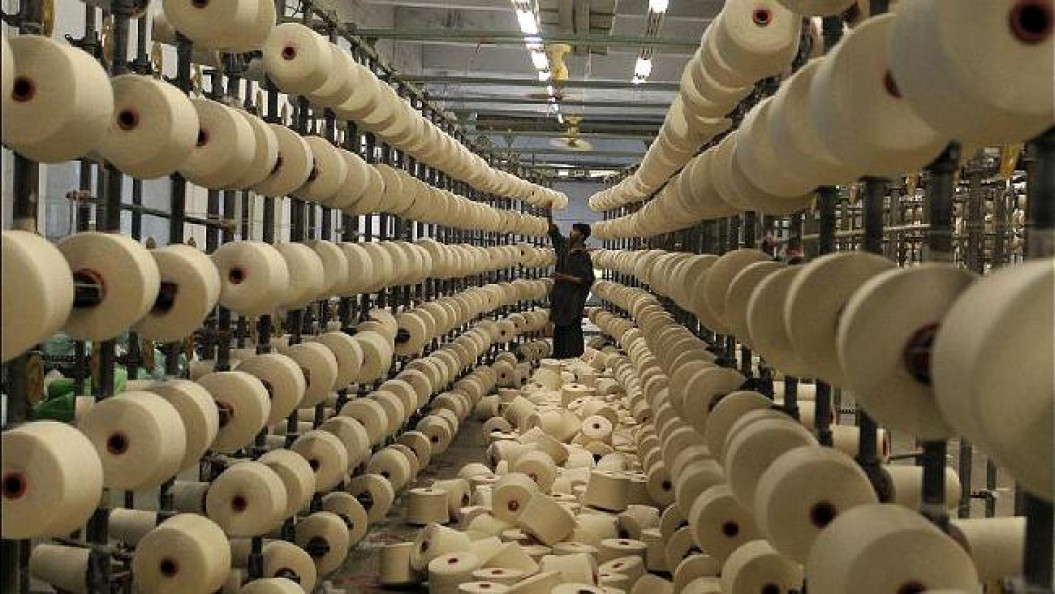Cotton is presold on its comfort. And with good production potential anticipated for 2019, building demand for cotton remains important.
Speaking during the 62nd Annual Meeting of Plains Cotton Growers (PCG) in Lubbock, Berrye Worsham, president and CEO of Cotton Incorporated, highlighted three important aspects of cotton to enhance its demand.
With U.S. cotton production projected to reach 20-25 million bales (480 lbs. each), creating more value and new industrial applications such toxic oil absorbent and insulation products becomes critical.
According to Worsham, cotton’s advantages fall into three categories – health/wellness, strategic benefits and sustainability. Compared to some synthetics, cotton does not cause skin irritation. Synthetics may retain odor more than cotton, and workout clothes from cotton wash much cleaner.
Based on survey results, 82% of consumers surveyed in India and 64% of consumers in China stated that sustainability influenced their clothing purchase, compared to 47% in the United States.
Also, textiles now account for about 37% of microplastic contamination in water. With growing awareness of the microplastic pollution, cotton’s natural characteristics offer a competitive advantage, as the fine cotton fibers degrade in water systems. Some predictions state that with an increase in the synthetics’ usage, the microplastic contamination can grow three times by 2050 – a serious concern.
The cotton industry is also focusing its efforts to create more awareness among consumers on the fiber content in their clothing, stated Worsham.


